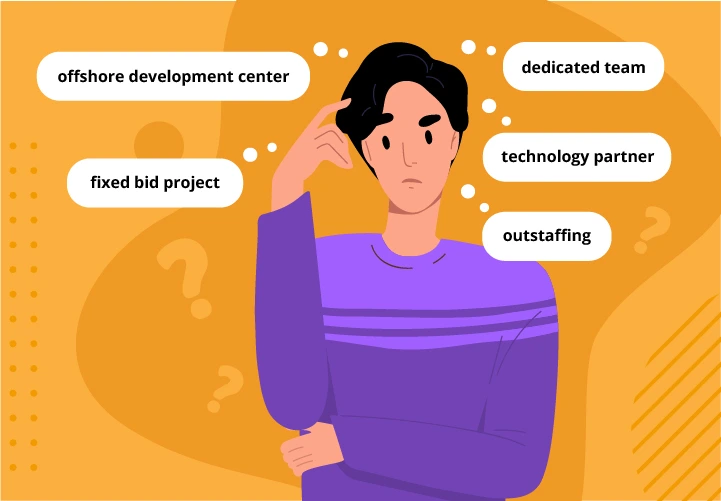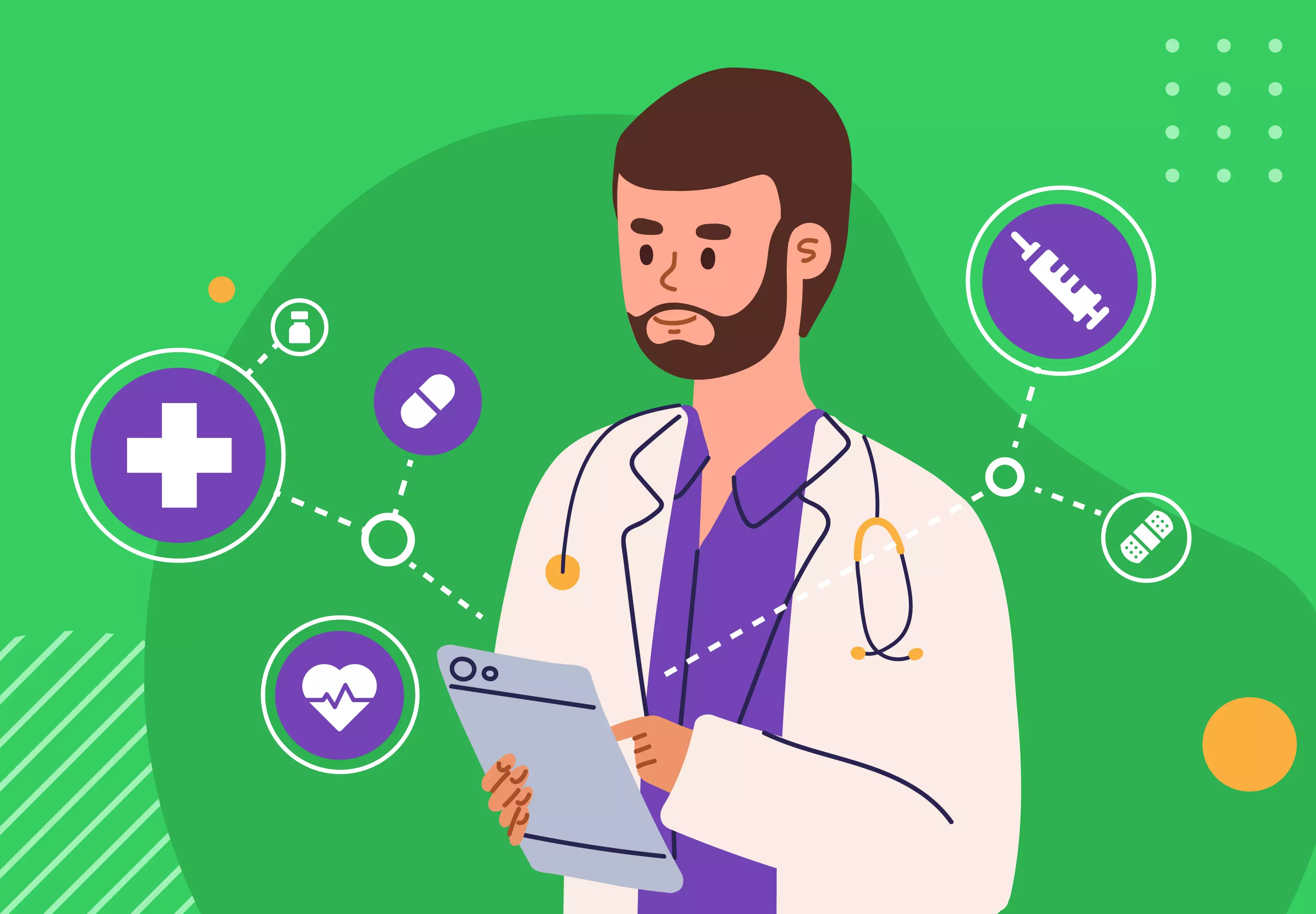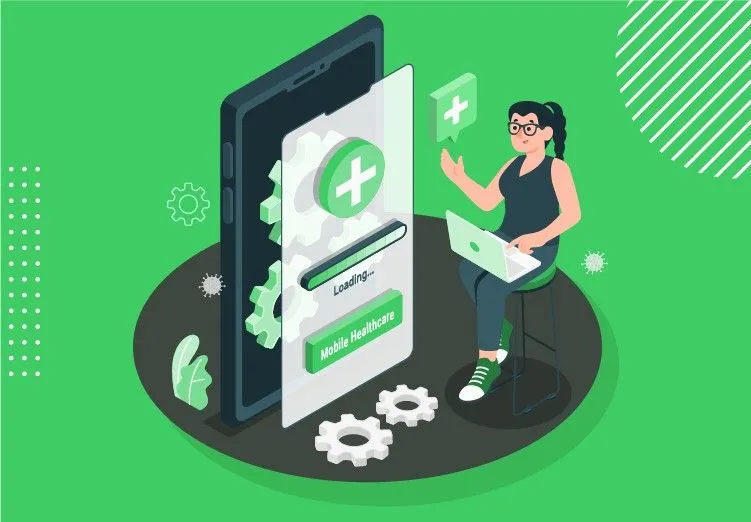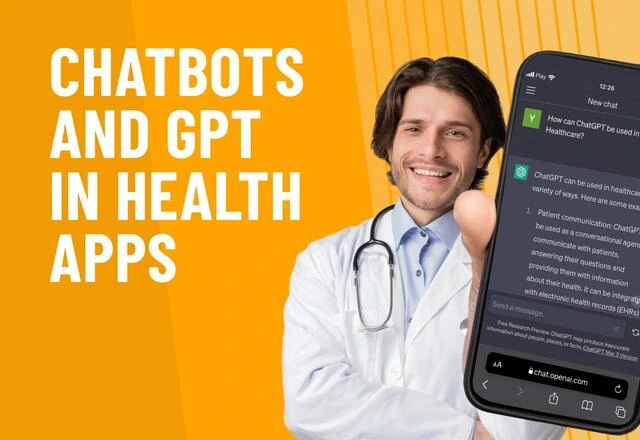What are the Benefits of mHealth for Patients, and Doctors?
Table of contents
- What is mHealth?
- The Growing mHealth Market
- Infographic: What are the Benefits of mHealth for Existing Healthcare Organizations, Patients, and Doctors?
- Benefits of mHealth for Patients
- Benefits of mHealth for Physicians
Alongside patients, healthcare professionals also derive significant benefits from the use of mHealth technologies: - INDUSTRY
mHealth Adoption: Trends and Challenges
Examples of mHealth Applications and Devices
What is mHealth?
The term mHealth, or mobile health, refers to the use of mobile technologies such as smartphones, tablets, and wearable devices to support and improve health and healthcare. This concept includes a wide range of tools and solutions: from mobile applications for tracking health and fitness indicators to wearable devices that continuously monitor physiological parameters, and platforms for sharing medical data.
mHealth covers various applications, including disease prevention, remote patient monitoring, diagnosis, and treatment. Thus, mHealth is not just separate applications, but an entire ecosystem that combines different technologies to achieve the main goal – improving people's health.
The Growing mHealth Market
The global mobile health market is experiencing impressive growth and represents a promising economic sector. In 2024, the market size was estimated to be between $71.59 billion and $84.99 billion. Projections indicate that by 2034, the market will reach $268.46 billion, demonstrating a compound annual growth rate (CAGR) of 14.13%. Other analyses support this trend, pointing to a CAGR of 17.0% between 2025 and 2034.
North America currently holds the largest share of the mHealth market; however, the Asia-Pacific region is expected to grow at the fastest rate, with a projected CAGR of 14.8%. Notably, mobile applications constitute the largest market segment, accounting for over 87% of revenue in 2024. The sustained growth of the mHealth market reflects the increasing recognition and adoption of mobile technologies by both patients and healthcare professionals. Rapid development in the Asia-Pacific region suggests a potential future shift in the center of mHealth innovation towards this region.
For clarity, key mHealth market indicators are presented in the table:
| Metric | Value (2024) | Forecast (2034) |
| Market Size (USD Billion) | 71.59 - 84.99 | 186.69 - 268.46 |
Infographic: What are the Benefits of mHealth for Existing Healthcare Organizations, Patients, and Doctors?
In our recent article, we’ve taken a glance at the key healthcare challenges overcome by right software solutions. Meanwhile, mHealth is gathering pace as a promising opportunity for the Healthcare sector as well.
The utilization of mobile phones and wireless tech in healthcare is beneficial for both parties — patients and physicians — not to mention the medical industry per se.
What are the reasons why the global mHealth market is becoming one of the quickest growing areas (expected to hit $268.46 billion by 2034, according to Allied Market Research) and progressive trends? How are mHealth apps providing solutions to the healthcare market’s challenges?
The answer lies in the benefits of mHealth app solutions for patients, doctors, and healthcare.

Benefits of mHealth for Patients
mHealth offers a range of advantages that make healthcare more accessible, convenient, and personalized for patients:
Personal medication reminder
Forgot to take your pills? Took a wrong dose? It’s time to follow only positive scenarios and take your medications as prescribed. With smart alerts, mHealth apps don’t let you skip the antibiotics or injections.
Health and activity tracker
How many health apps are there in the market created for this purpose today? It’s hard to count them all. Regardless of your personal aims (achieving enough physical activity, weight loss, analyzing your performance, counting your dance steps, etc.), mHealth apps monitor all the parameters you wish.
Chronic disease care
Asthma, arthritis, diabetes, hypertension, or back pain are examples of chronic illnesses that demand permanent control. MHealth apps can measure blood pressure, glucose level, or even act as a spirometer and then provide recommendations.
All medical records at hand
There is no need to go through tons of paper in order to find a prescription or clinical report — mHealth apps will show you any document in a second.
Doctors on demand
Isn’t it attractive to contact medical specialists anytime you wish? Chat or text with them, request prescriptions, or consult on the symptoms when it is convenient for you? Doctors-on-demand apps make it real.

Such apps evolve over time — instead of going to the hospital or visiting doctors’ offices, you describe your symptoms in the app and choose a medical specialist to visit you. Calling a doctor now is as simple as calling a taxi!
Emerline sees a huge potential in such types of mHealth apps and while putting the mHealth solutions into practice, pays particular attention to their ease-of-use and intuitive design.
Benefits of mHealth for Physicians
Alongside patients, healthcare professionals also derive significant benefits from the use of mHealth technologies:
Single information repository
Doctors’ apps instantly provide them with any data required, including patients’ medical histories, guidelines, lists of contraindications, or other vital details.
Right decisions only
A key advantage of data accessibility is quick and sound decision making. When patients’ health is on the line, there’s no margin for errors. With the help of mHealth apps, physicians arrive at correct decisions.

Less paperwork
As soon as a routine part of the job can be easily delegated to artificial intelligence today, doctors devote more time to patient care and challenging cases. AI handles monotonous tasks, which improves efficiency.
Digitalization for precise diagnostics
Mobile-based analysis eliminates or at least reduces the risk of human errors. Physicians who rely on digital tech determine right diagnoses.
Online interaction
In fact, a doctor-on-demand app is a win-win for both sides, as doctors do not need to see a patient in person (in case of online chatting or texting).
INDUSTRY
Strong marketing channel
Mobile devices and mobile apps are powerful marketing tools that help healthcare institutions improve relationships with their target audience by giving immediate access to relevant health information and ensuring networking.
Driver of competitive advantage
Offering their services and products via mobile apps, companies have a freedom of choice whether to provide attractive costs or count on a differentiation strategy.
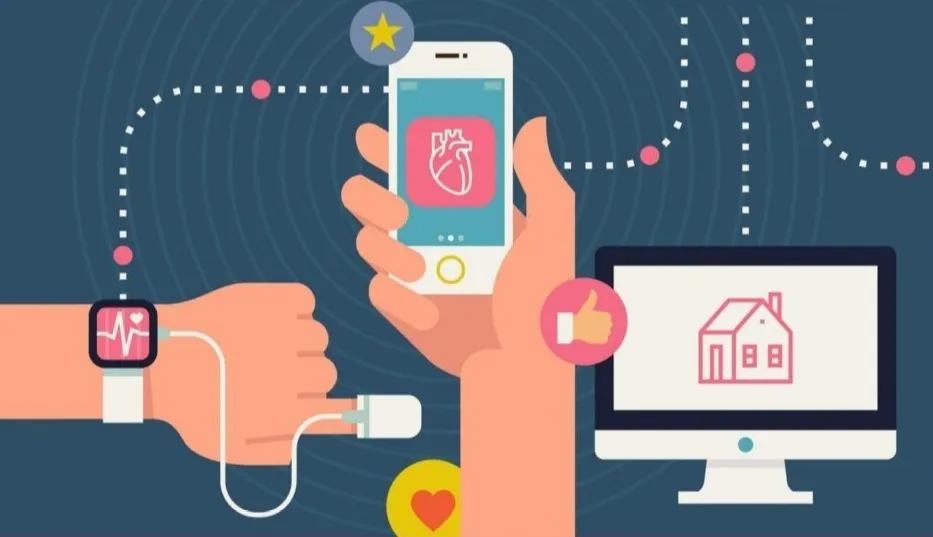
Reaching new audiences
It is becoming more and more common to complement web applications with mobile alternatives to win a wider audience. That’s exactly what our team did while working on one of the healthcare projects. As the number of users who prefer mobiles to computers is growing, Emerline has built iOS and Android apps to extend the customer base of our client.
mHealth Adoption: Trends and Challenges
The rate of mHealth adoption among physicians shows steady growth. Research indicates that the majority of doctors have a positive view of the benefits of using digital health tools for patient care. In particular, the use of telemedicine platforms and remote monitoring devices has significantly increased.
However, despite the growing interest, there are certain challenges hindering the wider adoption of mHealth among patients. These include a lack of awareness about mHealth capabilities, the complexity of using some applications, concerns about the privacy of personal data, and a lack of clear integration of mHealth solutions with the recommendations of treating physicians.
Furthermore, many of the available mHealth applications have limited functionality and do not provide a sufficient level of user engagement.
In order to fully realize the potential of mHealth, greater attention needs to be paid to patient education, improving the user experience of mobile applications, and increasing trust in data security.
Examples of mHealth Applications and Devices
Innovations in mHealth span a wide range of medical specialties and offer diverse solutions for patients and physicians. Examples include FDA-approved applications that allow radiologists to view medical images on mobile devices, devices for monitoring heart rate and detecting atrial fibrillation, diabetes management applications providing personalized recommendations based on blood glucose levels, as well as digital therapeutics for treating depression.
Wearable devices are being developed and implemented for continuous monitoring of electroencephalograms (EEGs), cardiorespiratory activity, and blood glucose levels (based on general knowledge). Applications for mental health support, stress management, and meditation are becoming widespread.
The increasing number of mHealth applications receiving approval from regulatory bodies like the FDA signifies the maturity of the market and growing confidence in the safety and effectiveness of these solutions.
To learn more about mHealth solutions that will impact the future of healthcare, don’t hesitate to reach out to Emerline. Interested in the average mHealth app costs? Want to clarify the details on the health app usage statistics? No question will be left unanswered.
Updated on Apr 26, 2025

